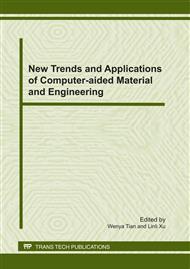p.510
p.515
p.520
p.525
p.531
p.536
p.541
p.546
p.552
Analysis on Security Proof of Two Key Agreement Protocols
Abstract:
Recently, Tseng proposed two group key agreement protocols which are claimed to be provably secure against passive attackers and impersonation attacks over authenticated channel. In each of these works, a security proof of the proposed protocol was presented. In this paper, we revisit Tseng’s security proof and show that the reduction in the proof is invalid. As the replacement, we give a new security proof.
Info:
Periodical:
Pages:
531-535
Citation:
Online since:
January 2011
Authors:
Price:
Сopyright:
© 2011 Trans Tech Publications Ltd. All Rights Reserved
Share:
Citation:


